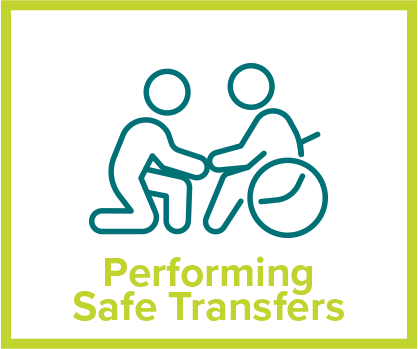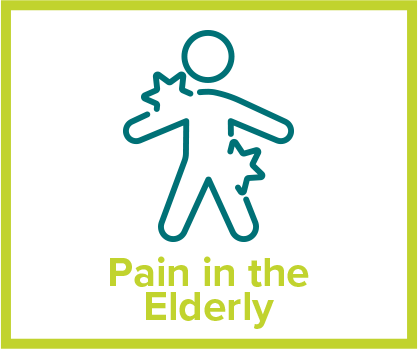By arhospice on September 12th, 2022
Bathing requires patience, strength, compassion and skill. Bathing is a time for cleaning, communication, and observing for important bodily changes. Bathing can present high risk for injury, especially when patients have limited mobility. Elderly people often have dry, fragile skin that can be torn or easily injured. So, extra caution is needed to ensure safety and comfort.
Bathing not only removes dirt and controls odor it can also promote comfort, prevent infection, stimulate circulation, and help prevent infections and skin breakdown.
Below are some bathing tips for caregivers, plus some tips for bath-time safety.
Types of baths
- Bed bath: When a person needs to be bathed in bed, gather all supplies ahead of time and have them within reach of the bed. Close any doors or windows to avoid drafts and cover them with a light cotton blanket. Uncover, wash and pat dry only a small part of the body at a time.
- Sponge or partial bath: While full baths might not be necessary each day for some people, a sponge or partial bath is needed daily to clean a person’s face, underarms, buttocks and genital areas. Some people might be able to stand while others need to sit on the edge of the bed, etc.
- Tub bath: Be cautious, as tub baths present a high risk of falls. If proceeding, go no longer than 20 minutes to avoid drying the skin. Also, consider a rubber mat to help provide traction.
- Shower: Another high risk of falls. Consider using a shower chair and be sure to place a rubber mat on the shower floor.
Safety tips
- Test the water temperature. If using a bath thermometer, it should read between 105 and 100 degrees. Test the water on the inside of your wrist.
- Run cold water through the faucet before beginning so that the metal will be cool to the touch.
- Wear rubber-soled shoes.
- Keep a cell phone nearby.
- Use non-skid mats inside and outside tub.
- Keep bathroom well-lit.
- Use appropriate equipment, which may include transfer benches, grab bars, handheld showers and/or shower chairs.
- Never grab onto a towel bar or soap dish, as they are not meant to support weight.
- Remember that the greatest danger in a bathroom comes when getting in and out of the tub or shower. Be careful to avoid double falls – when you and the person can both be injured.
Other considerations
- Before beginning, tell the person exactly what you will be doing so he or she knows what to expect.
- Remember that slowing the pace may allow older people to do more for themselves and have a feeling of self-independence.
- Schedule bathing at the time of day when the person has the most energy.
People with special needs
Seriously ill
- Help the person find a comfortable position and complete as much of the bath as possible in that position.
- Proceed slowly if the patient is experiencing pain, shortness of breath or anxiety.
- Schedule the bath for about one hour after pain medication has been given.
Confused, Alzheimer’s, dementia, or other conditions
- Set up a bath-time routine and stick with it.
- Give simple, clear instructions without arguing.
- Avoid showers for people afraid of running water, and, if giving baths instead, fill the tub before taking them in the bathroom.
- Keep the water no more than 6 inches deep.
- Cover upper body with a towel to provide privacy.
- Play soft music or sing if the person finds it soothing.
Infection control tips
- When using gloves start with a clean pair; change gloves and wash hands between help with toileting and bathing.
- Wipe each eye with a separate corner of the washcloth to prevent spreading of potential infections from one eye to the other.
- Change bath water when it becomes cool, contaminated or very soapy.
- Wear gloves when feces or urine is present, the person has open sores
- Clean genital area from front to back; use a separate, clean washcloth.
- Keep soiled towels and washcloths off the floor and in the appropriate laundry receptacle.
- Clean up any spills or water on the floor to prevent falls
Special equipment
Consult with your patient’s physician about the benefits of special equipment, including:
- Grab bars
- Shower chairs
- Handheld showers
- Transfer benches
For more information on any of our services or to enroll:
Information courtesy of Home Care Pulse.









 Registered 501(c)(3). EIN:
Registered 501(c)(3). EIN: